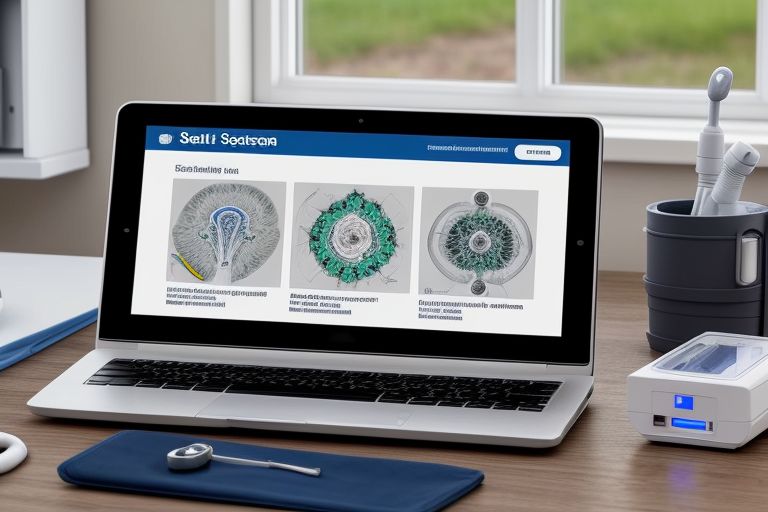Biodegradable technology represents a promising front in the battle against electronic waste (e-waste) and its vast environmental impact. As our reliance on electronics continues to grow, so does the volume of e-waste generated, presenting significant challenges in waste management and environmental conservation. Biodegradable technology aims to address these challenges by developing electronics and components that can break down naturally, reducing harm to the environment.
Understanding E-Waste and Its Impacts
E-waste encompasses discarded electronic appliances and gadgets, including computers, smartphones, televisions, and more. The rapid pace of technological advancements and consumer demand for the latest devices have significantly contributed to the growing problem of e-waste. This type of waste is particularly concerning because it contains toxic substances like lead, mercury, and cadmium, which can leach into the soil and water, harming ecosystems and human health.
The Promise of Biodegradable Technology
Biodegradable technology seeks to mitigate the environmental impact of e-waste through innovative materials and design. Biodegradable electronics are made from organic materials and other substances that can decompose naturally under the right conditions. This approach not only aims to reduce the accumulation of e-waste in landfills but also minimizes the release of harmful substances into the environment.
Key Areas of Innovation
- Biodegradable Materials: Researchers are developing materials such as bioplastics, organic semiconductors, and other compostable materials that can replace traditional, non-degradable components in electronics.
- Eco-friendly Manufacturing Processes: Alongside material innovation, eco-friendly manufacturing processes are being explored to minimize the environmental footprint of producing electronics.
- Design for Disassembly: Devices designed for easy disassembly allow for components to be separated and biodegraded or recycled more efficiently.
Challenges and Limitations
While the potential of biodegradable technology is immense, there are several challenges to its widespread adoption:
- Performance and Durability: Biodegradable materials may not yet match the performance and durability of conventional materials, potentially affecting the functionality and lifespan of devices.
- Cost and Scalability: Developing and manufacturing biodegradable electronics can be more expensive than traditional methods, posing challenges for mass adoption.
- Disposal Infrastructure: Effective disposal of biodegradable electronics requires specialized facilities and conditions to ensure proper decomposition, which are not yet widely available.
The Road Ahead
Despite these challenges, the development of biodegradable technology is a critical step towards sustainable electronics. By continuing to invest in research and development, and by building the necessary infrastructure for disposal, we can make significant strides in reducing the environmental impact of e-waste. Collaboration between governments, industries, and consumers is essential to support the transition to more sustainable electronics, emphasizing the importance of recycling, responsible consumption, and environmental stewardship.




















+ There are no comments
Add yours